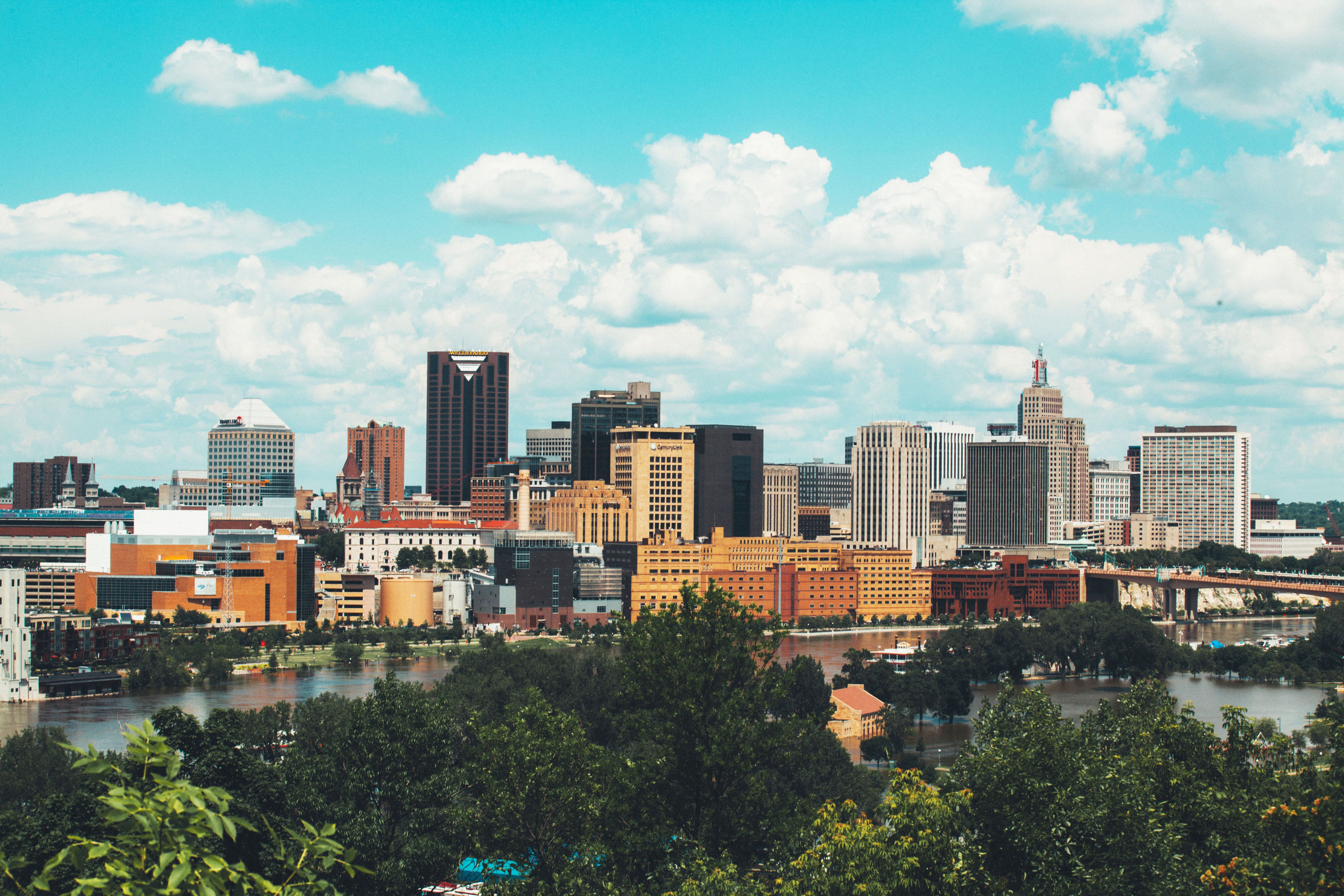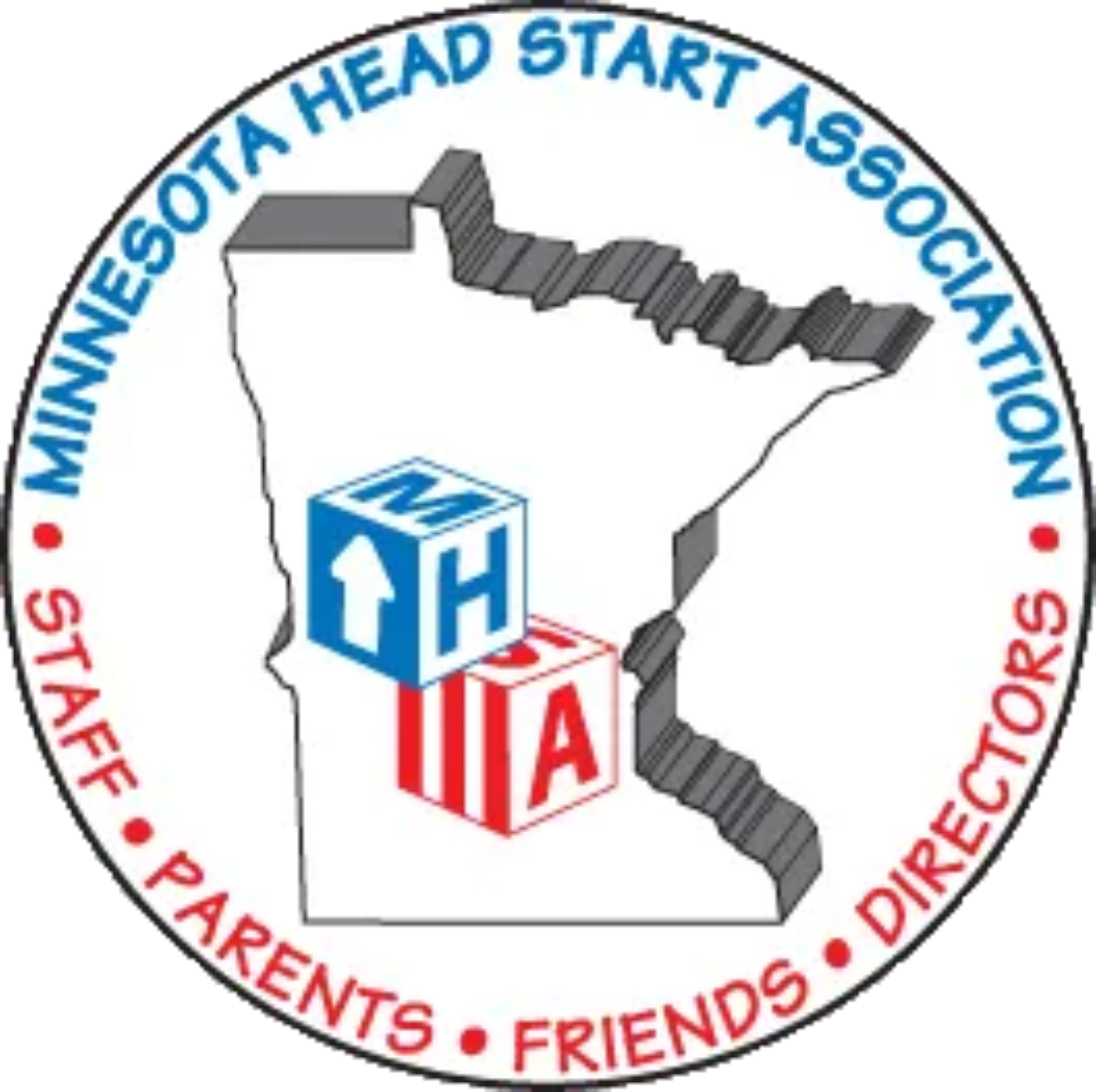August 29, 2019 | Vol. 6 No. 19
Experience demands that man is the only animal which devours its own kind, for I can apply no milder term to the general pray of the rich on the poor.
- Thomas Jefferson
The rich run a global system that allows them to accumulate capital and pay the lowest possible price for labor. The freedom that results applies only to them. The many simply have to work harder, in conditions that grow ever more insecure, to enrich the few.
- Charles Moore
On the heels of the previous Anti-Poverty Soldier column (August 15-21) — which highlighted the work of two Stanford University professors who revealed that America’s income and wealth disparities are only getting worse — come two more reports that fully detail just how outrageous those gaps actually are.
For example, the latest data from the Federal Reserve Board show that the richest 10 percent of Americans hold more than 70 percent of the nation’s entire wealth, or $72 trillion. Moreover, the richest one percent possesses nearly one-third of America’s wealth. In the last decade alone, the total wealth of the richest one percent has increased from $14 trillion to approximately $32 trillion.
By contrast, the total wealth of America’s other 90 percent has decreased substantially since 1989. The result of this collective loss means that “the share of wealth held by the richest one percent now exceeds the amount held by the ‘poorest’ 90 percent of United States citizens.” As for the poorest 50 percent of Americans, their combined wealth comes in at just over one percent of the nation’s total wealth.
A second study published by the National Bureau of Economic Research (NBER), written by Alessandra Fogli of the Federal Reserve Bank of Minneapolis and Veronica Guerrieri from the University of Chicago, takes a more “on the ground” approach to the issue. Titled “The End of The American Dream? Inequality and Segregation in U.S. Cities,” this paper tackles the link between social isolation trends and economic disparities dating back several decades. The authors write:
“Over the last forty years U.S. cities have experienced a profound transformation in their socio-economic structure: poor and rich families have become increasingly spatially separated over time… During the last third of the twentieth century, the United States moved toward a new regime of residential segregation characterized by decreasing racial-ethnic segregation and rising income segregation. Such a shift took place at the same time of a steady increase in income inequality.”
While their research is thorough and compelling, it is important to note that a multitude of recent studies still suggest that race remains the biggest factor with regard to social and economic mobility (including the ground-breaking 2017 paper “Race Matters: Income Shares, Income Inequality, and Income Mobility for all U.S. Races,” which was also published by the NBER).
Regardless, it is crystal clear that the gap between rich and poor continues to grow across racial lines, negatively affecting more and more Americans with every passing day. Fogli and Guerrieri also seek to specifically address how public education has been adversely affected by increasing inequality and segregation.
They state that “Richer parents with more talented children choose to pay higher rents to live the in the neighborhood with higher average human capital.” Or, as MarketWatch contributor Jacob Passy translates, “…wealthier families will choose to live in an area with better schools and more-educated neighbors to ensure their kids will succeed.”
And that is where they all lost me. I’m not sure the Folgi and Guerrieri meant anything by it, but I take immediate umbrage with the phrase “more talented children,” or for that matter the subsequent phrase “higher average human capital.” Even if the intention to use such “scientific” terms was benign, it is nonetheless disquieting if not outright infuriating to see.
It’s no secret that higher-income neighborhoods have better-funded public schools. But what does that have to do with talent? Kids from underprivileged backgrounds have every bit as much talent as those who come from privilege. To suggest otherwise is akin to those who suggest people in poverty must be to blame for their plight.
This is not about talent. This is about opportunity. This is about unequal access to and/or distribution of resources. And, unequivocally, it speaks to America’s original sin of racism and how that iniquitous system continues to perpetuate isolation, inequality and injustice.
As the late civil rights icon Bayard Rustin once said, “The organizers and perpetuators of segregation are as much the enemy of America as any foreign invader.”









